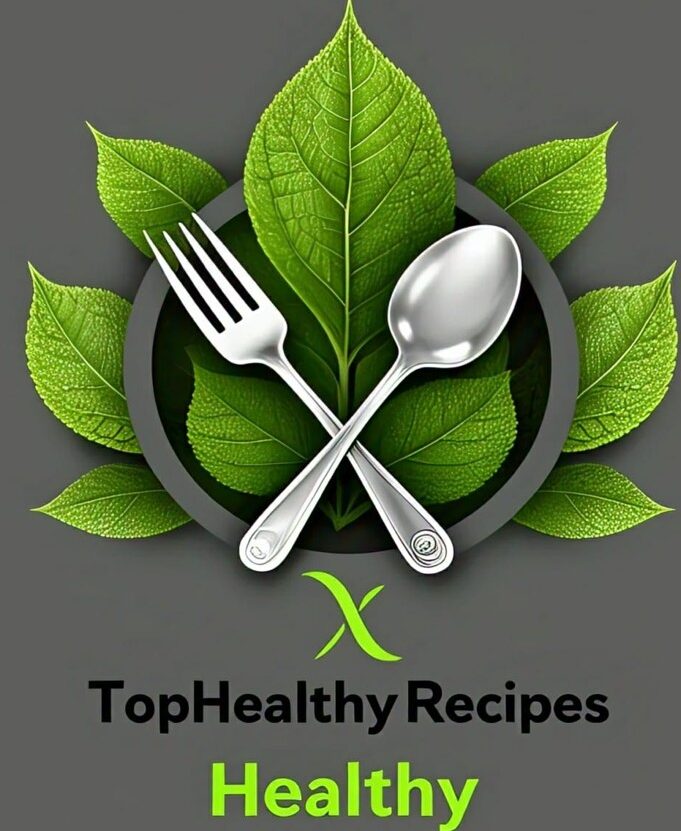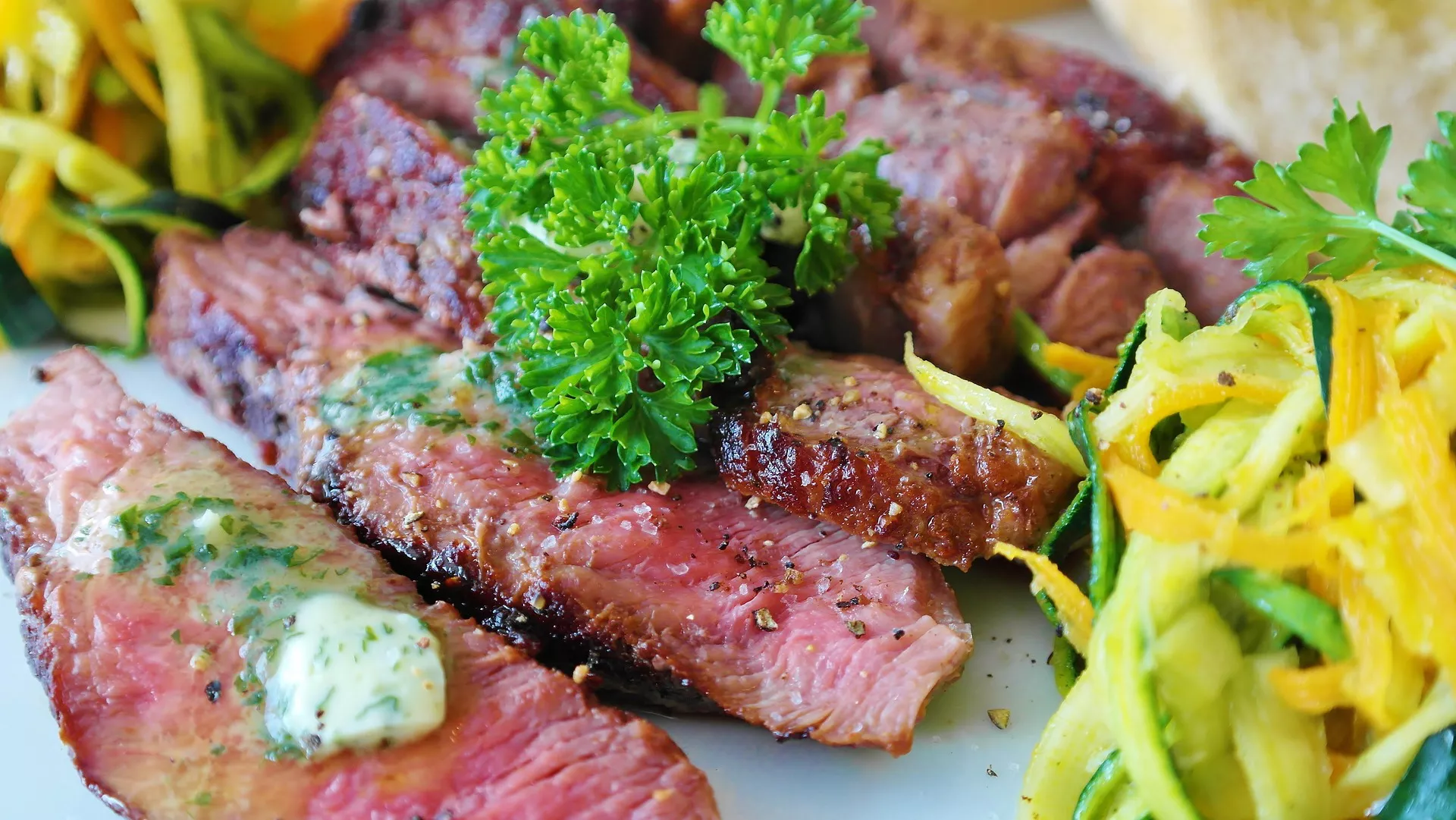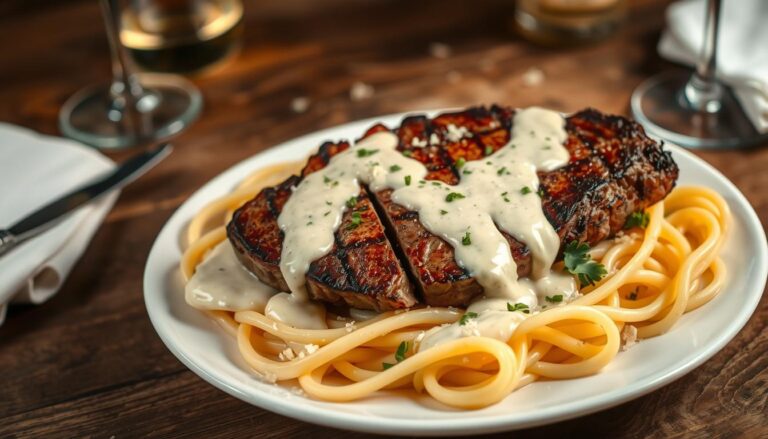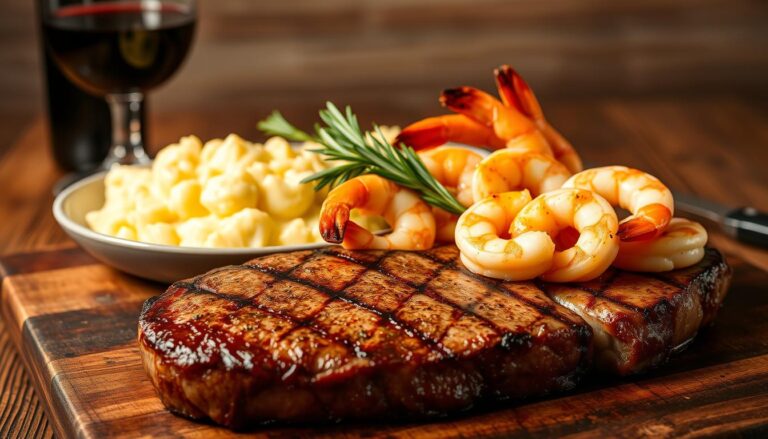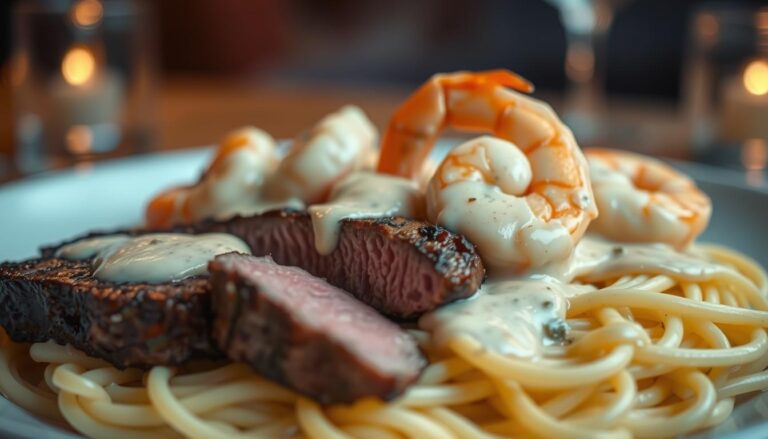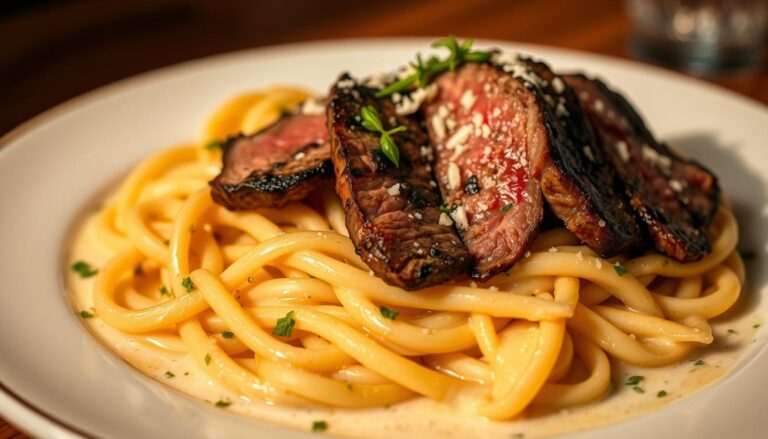beef flap steak vs skirt steak: Must-Know Differences for the Best Results
Table of Contents
beef flap steak vs skirt steak: Must-Know Differences for the Best Results
When you’re standing at the butcher counter, looking at two cuts of beef flap that seem similar, the question often arises: What’s the difference between flap steak and skirt steak? After all, both cuts boast rich flavors and are versatile enough to elevate any dish. But choosing between the two can be confusing if you don’t fully understand what sets them apart.
Whether you’re grilling, stir-frying, or making a delicious steak salad, understanding the differences between these two popular cuts can ensure your next meal is perfect. In this guide, you’ll discover everything you need to know about flap steak vs. skirt steak—from texture and flavor profiles to ideal cooking techniques and recipe suggestions. This way, you can confidently pick the right cut for your next culinary adventure!
Understanding Flap Steak and Skirt Steak
Before diving into the finer details, let’s start with the basics. Both flap steak and skirt steak are relatively affordable cuts that pack a punch of beefy flavor, but they come from different parts of the cow and offer distinct qualities.
What is Flap Steak?
Flap steak, also known as flank tail, is a cut taken from the bottom sirloin section of the cow. It has a loose, coarse grain, which gives it a slightly more tender texture than some other cuts. Though not as widely known as its counterparts, flap steak is highly versatile and can be used in a variety of dishes.
- Texture: The grain is less fibrous compared to skirt steak, making it easier to chew.
- Flavor: It has a rich beef flap flavor that is more subtle than skirt steak.
- Cooking Methods: Ideal for quick-cooking techniques such as grilling, broiling, or pan-searing.
What is Skirt Steak?
Skirt steak, on the other hand, comes from the diaphragm muscle of the cow, specifically the plate section near the ribs. This cut is well-known for its long, fibrous texture and intense beef flavor. If you’re a fan of robust, savory steaks, skirt steak might be your go-to.
- Texture: Skirt steak is much more fibrous and requires a bit more effort when slicing.
- Flavor: The flavor is bold and beefy, with a pronounced savory depth.
- Cooking Methods: Like flap steak, skirt steak is perfect for grilling or pan-searing but benefits greatly from marinating to tenderize its texture.
Both cuts can be used for similar recipes, but their textures and flavors will lead you to make different choices based on the dish you’re preparing.
Key Differences Between Flap Steak and Skirt Steak
Though both cuts come from the same general area of the cow, the key differences between flap steak and skirt steak lie in their texture, flavor, and the best ways to cook them. Here’s a breakdown of these distinctions.
Cut Location and Texture
- Flap Steak: Flap steak is cut from the bottom sirloin, an area near the cow’s hindquarters. It has a tender yet slightly chewy texture with a looser grain. This makes it easier to slice and chew compared to skirt steak.
- Skirt Steak: Skirt steak is cut from the diaphragm, located between the ribs and the belly. It has a long, fibrous texture that can be tough if not sliced correctly. Skirt steak must be cut against the grain to enhance its tenderness.
How to Slice:
- Flap Steak: For best results, slice against the grain to ensure each bite is as tender as possible.
- Skirt Steak: Due to its fibrous nature, make sure to slice very thinly against the grain to avoid tough bites.
Flavor Profile
- Flap Steak: With a more delicate flavor than skirt steak, flap steak provides a rich but less intense beefy taste. It’s great for dishes where the steak is a complement to other ingredients, such as in salads or stir-fries.
- Skirt Steak: Known for its deep, beef-forward flavor, skirt steak shines when paired with strong marinades or when served in fajitas or tacos. If you’re looking for a cut that’s going to take center stage in your dish, skirt steak is the way to go.
Nutritional Differences
- Flap Steak: This cut tends to be leaner than skirt steak, making it a better choice for those watching their calorie intake or looking for a lighter cut of beef flap.
- Skirt Steak: While skirt steak is juicier due to its higher fat content, it is also a little richer in calories and fat. If you prefer a more indulgent, flavorful steak, skirt steak could be the right pick.
Best Ways to Cook Flap Steak and Skirt Steak
Both cuts are best suited for high-heat, quick-cooking methods. However, the key to cooking these steaks lies in their preparation and seasoning.
Flap Steak Cooking Tips
- Grill or Pan-Seer: Flap steak is excellent when grilled or pan-seared for just a few minutes per side. You don’t need a long cook time, and it’s best served medium-rare to medium.
- Marinate for Flavor: Although flap steak is naturally tender, marinating it for a few hours can further enhance its flavor. Use a marinade with acidity (such as vinegar or citrus) to break down the fibers.
- Rest Before Serving: Allow the flap steak to rest for a few minutes after cooking. This helps redistribute the juices for a juicier steak.
Skirt Steak Cooking Tips
- Quick Grilling: Skirt steak should be cooked quickly over high heat. If you prefer a more rare steak, grill it for about 3-4 minutes per side. For medium, go 4-5 minutes per side.
- Marinate for Tenderness: Skirt steak benefits from marination, especially if you’re aiming for a more tender cut. Marinades with strong flavors like soy sauce, lime, or garlic work well.
- Slice Against the Grain: As mentioned, slicing against the grain is crucial to ensuring tenderness. Skirt steak can be tough if sliced improperly, so take the time to do it right.
Which Cut Should You Choose for Your Recipe?
Both flap steak and skirt steak are versatile and delicious, but your choice depends on the dish you’re preparing.
Flap Steak: Best Uses
- Stir-Fries: Flap steak’s tender texture makes it ideal for quick-cooking stir-fries where you want thin slices of beef flap to absorb flavors without being too tough.
- Tacos or Fajitas: If you’re making steak tacos or fajitas but prefer a less intense beef flap flavor, flap steak will give you that without overwhelming the other ingredients.
- Grilled Steak Salad: A quick grill of flap steak will yield juicy, tender slices perfect for topping a salad.
Recipe Ideas:
- Flap Steak Fajitas
- Beef flap Stir-Fry with Vegetables
- Grilled Flap Steak Salad
Skirt Steak: Best Uses
- Fajitas: Skirt steak is famous for fajitas. Its bold flavor pairs perfectly with peppers and onions, and when grilled properly, it offers the perfect balance of juiciness and chew.
- Tacos: If you’re looking for a steak that will hold its own in a taco, skirt steak is a fantastic choice. The intense flavor and slight chewiness stand out when paired with tangy salsa and fresh toppings.
- Grilled Steak Sandwiches: Use skirt steak for a hearty steak sandwich, packed with robust flavors.
Recipe Ideas:
- Grilled Skirt Steak with Chimichurri
- Skirt Steak Tacos
- Skirt Steak Burrito Bowls
Flap Steak vs Skirt Steak: Final Verdict
Both flap steak and skirt steak bring unique qualities to the table, but your choice will ultimately depend on your taste preferences and cooking style. If you’re looking for a milder, more tender steak, flap steak might be the right cut. If you crave a bolder flavor with a bit more chew, skirt steak is your go-to option.
Tips for Making Your Decision:
- For a Tender, Mild Flavor: Choose flap steak.
- For a Rich, Beefy Flavor: Choose skirt steak.
- For Quick Stir-Fries or Grilled Steaks: Either cut works well, but flap steak is more forgiving when it comes to tenderness.
- For Bold, Grilled Dishes: Skirt steak is perfect for tacos, fajitas, and any dish that needs a robust beef flap flavor.
Call to Action: Ready to Cook?
Now that you’re armed with the knowledge of flap steak vs. skirt steak, it’s time to get cooking! Whether you choose flap steak for its tenderness or skirt steak for its bold flavor, both cuts will take your next meal to the next level. Explore new recipes, experiment with marinades, and don’t forget to share your creations with friends and family. The perfect steak is just a few minutes of grilling away!
So, what are you waiting for? Head to your butcher, pick up your cut of choice, and get grilling today!
Frequently Asked Questions (FAQ)
- Can I substitute beef flap steak for skirt steak in fajitas?
- Yes, flap steak can be substituted, but expect a milder flavor and slightly softer texture.
- Which cut is better for grilling, beef flap steak or skirt steak?
- Both cuts are great for grilling, but skirt steak provides a more intense flavor.
- Is beef flap steak more tender than skirt steak?
- Yes, flap steak tends to be more tender, with a looser grain compared to the tougher, more fibrous skirt steak.
- How do I slice beef flap steak and skirt steak?
- Always slice both cuts against the grain to maximize tenderness. For skirt steak, be sure to slice thinly due to its fibrous texture.
For more cooking tips, stay connected with us. We also recommend the cookbook Skinnytaste Simple: Easy, Healthy Recipes with 7 Ingredients or Fewer
For more Recipes about Steak ?
